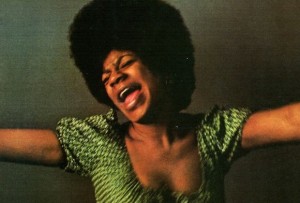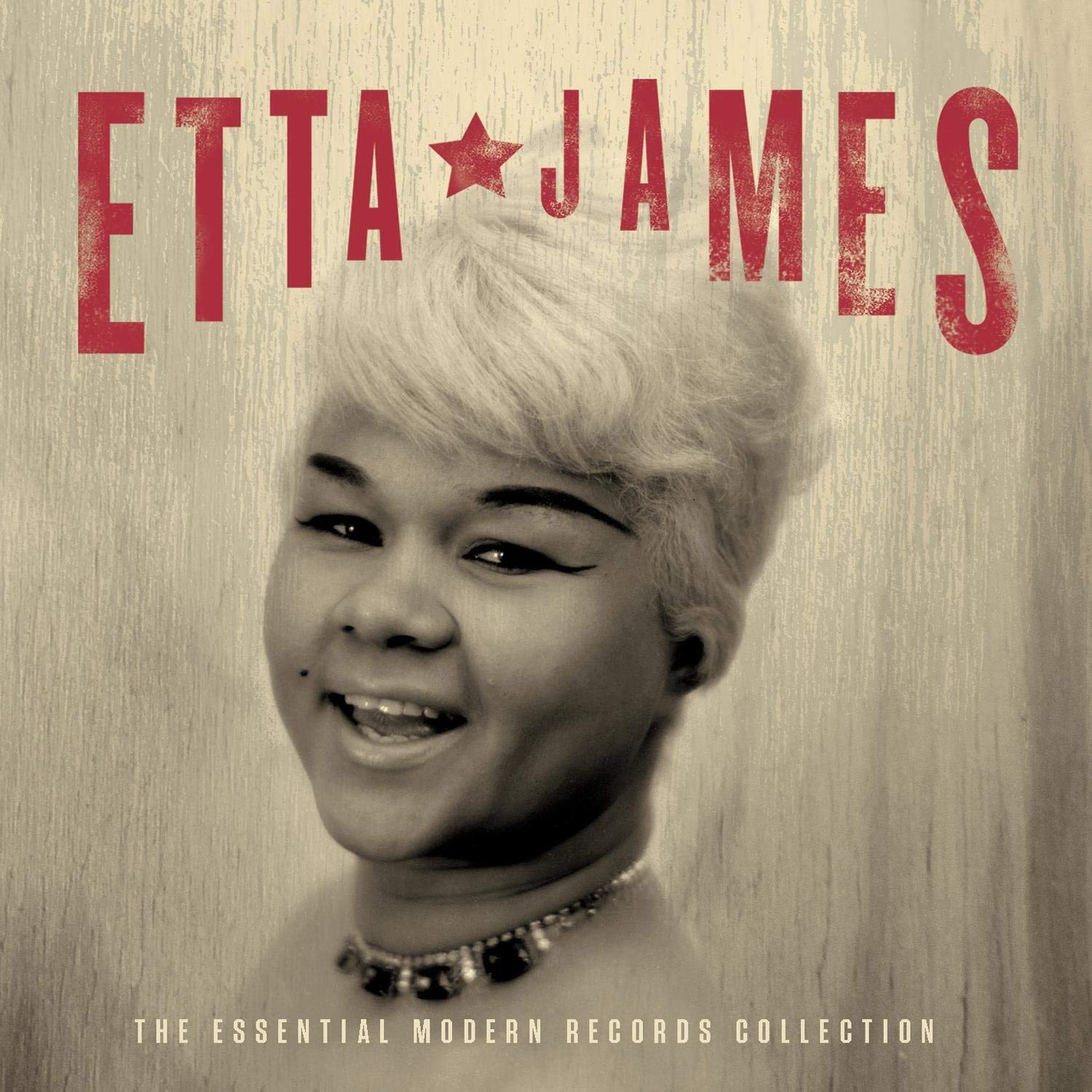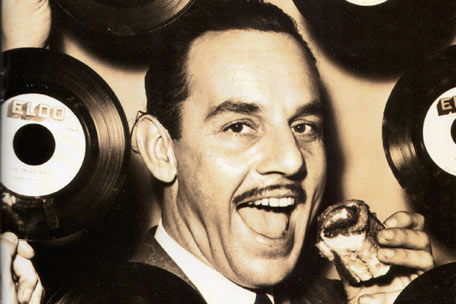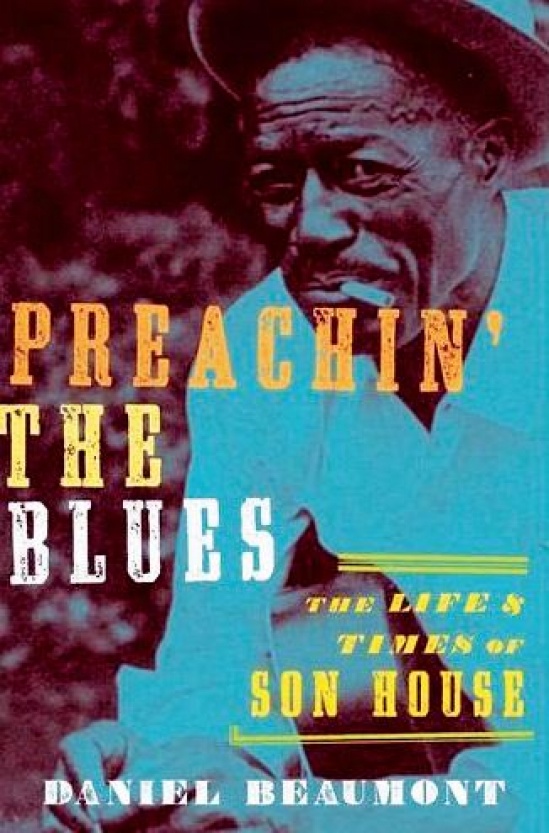Ever since her early performances in the Churches of New Orleans Merry has turned heads with her larger then life voice. Her professional career started when she backed up Bobby Darin on some of his early recordings. Form there it wasn’t long before she was selected to be a “Raelette” and sing backup for one of her main influences, Mr. Ray Charles. Little did she know that singing backup for Ray was just the beginning. In later years Merry would go on to sing backup for artists such as Joe Cocker, Neil Young, Carole King, Lynyrd Skynyrd and of course, The Rolling Stones. Usually the most talented vocalist at whatever session she was working on, Merry signed with Lou Alder’s Ode Record label in the late 60’s. Working with music industry legend Lou Alder, Merry began what many thought would be a successful a solo career. Unfortunately, her records didn’t sell and most of her solo recordings remain unknown and forgotten about by the general public.
Late one night in 1969 singer Merry Clayton was just falling asleep when she received a call from record producer Jack Nitzsch. Jack was in the middle of a late night studio session and was desperately looking for a female vocalist to add backing vocals on a track called “Gimmie Shelter”. Very pregnant and not really in the mood to leave her warm bed, Merry listened while Jack tried to convince her that doing this session with a band called “The Rolling Stones” would be a great career move.  It didn’t matter that she’d never heard of the band and wasn’t familiar with their music, Merry was a seasoned pro. This was just another session gig. She finally agreed to do the session and went to the studio and nailed the track in three quick takes. Then as quickly as she came in to the studio, she was out the door and gone in the night. The song became a huge hit and has since become a staple of the Stone’s live show. Even though it was her singing that took the song to the next level Merry couldn’t bring herself to listen to the track for many years. After her session with the Stones she had miscarriage and lost her baby. It has been speculated that her vigorous singing on “Gimmie Shelter” contributed to the miscarriage.
Hopefully 2013 is the year the world will finally know Merry Clayton. She is the subject of an excellent new documentary called 20 Feet From Stardom that follows the lives of some very talented backup singers.  In conjunction with the release 20 Feet From Stardom Sony/Ode Records has release a collection of Merry’s solo recordings called The Best Of Merry Clayton. This collection covers most of Merry’s solo career and features soulful renditions of some popular classic rock songs. One only needs to listen to a few minutes of Merry’s rendition of Neil Young’s “Southern Man” (the album’s opening track) to know that listening to Merry sing is a religious experience.  Very different then the original version, the song takes on a whole new life when Merry screams “…I heard screamin’, bullwhips crackin’, how long is it gonna last?”.  Other great tracks on this album are her versions of Bill Withers “Grandma’s Hands”, James Taylor’s”Country Road”, and of course the Stones’ “Gimmie Shelter” (her first Ode Records release). In 17 great tracks you get to hear the voice that helped many artists take their songs to the next level. Here’s hoping that someday soon Merry will reach the high level of stardom that she so rightly deserves.





